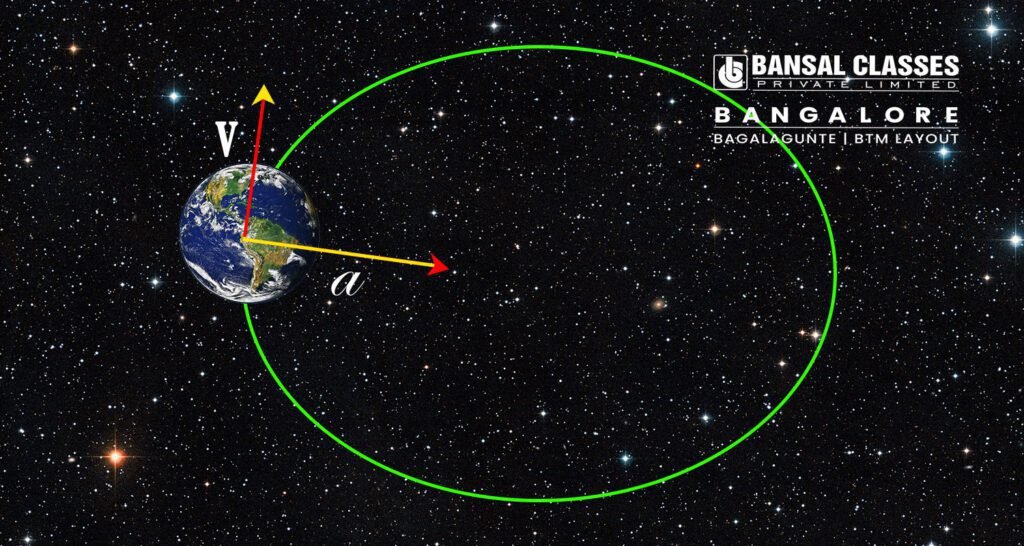
Struggling to understand Newton’s Laws?
Get ready to score full marks by mastering the laws!
Sir Isaac Newton’s Laws of Motion are the cornerstone of classical physics and form the foundation of much of modern mechanics. These three laws describe the relationship between a body and the forces acting upon it, and their effects on motion. Whether you’re a JEE/NEET aspirant or a curious learner, understanding these laws deeply can unlock a new perspective on the physical world. This article breaks down each law with clear explanations, physical variables, diagrams, and memory tricks for easy retention.
Reference Book: Concepts of Physics Vol I by H.C. Verma
Sir Isaac Newton
Sir Isaac Newton (1642–1727) was an English physicist, mathematician, astronomer, and possibly the greatest scientist ever. Most renowned for the formulation of the three laws of motion and the law of universal gravitation, Newton established classical mechanics. His masterpiece, Philosophiæ Naturalis Principia Mathematica (1687), revolutionized our understanding of motion, force, and gravity. Apart from physics, Newton made significant contributions to optics and invented calculus at the same time as Leibniz. Newton’s masterful concepts have revolutionized modern science and continue to be a profound inspiration for physics education and research.
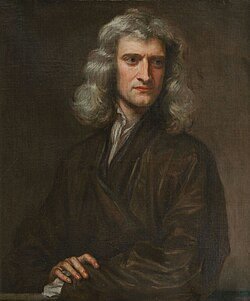
Newton’s First Law of Motion: The Law of Inertia
Statement
According to the first law of motion, Every body continuous in its state of rest or of uniform motion along a straight line, unless compelled by an external unbalanced force on it.
Reference- Classical Mechanics – Newtonian Mechanics – John R. Taylor
Physical Variables:
- Mass (m)
- Velocity (v)
- Force (F)
Explanation: This law defines inertia: the tendency of objects to resist changes in their motion. If no net external force acts on an object, its velocity remains constant.
Formula: Although no direct formula, the concept is foundational to F = ma (second law).Graph: Graph of velocity vs. time is a horizontal straight line (constant velocity) if no external force is acting.
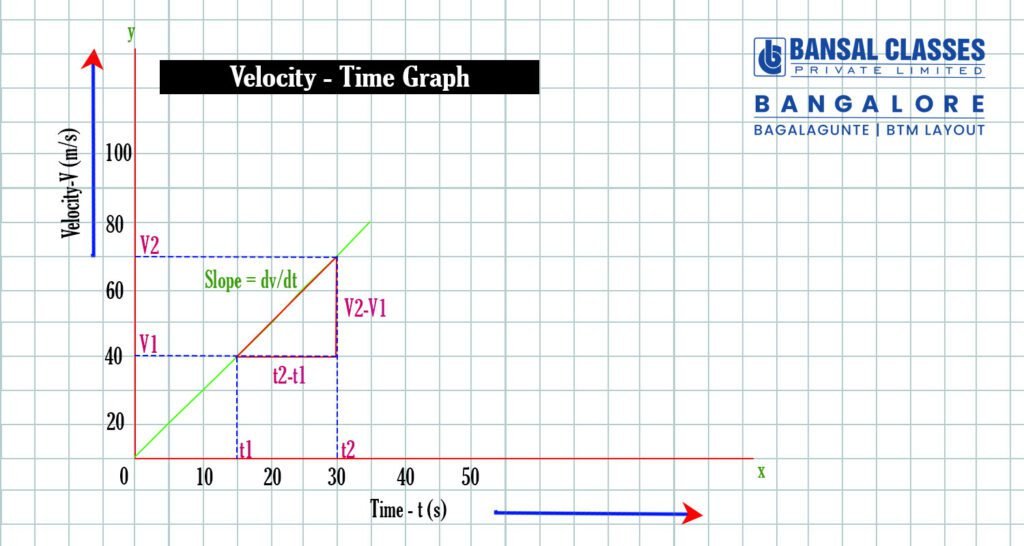
Real-Life Example:
- A passenger jerks forward in a car when brakes are applied suddenly. The body wants to continue moving forward (inertia of motion).
Trick to Remember: “Lazy object stays lazy until pushed or pulled.”
Newton’s Second Law of Motion: The Law of Acceleration
Statement:
The rate of change of momentum of a body is directly proportional to the applied force and takes place in the direction of the force.
Formula: F = ma
Visual Aid & Summary

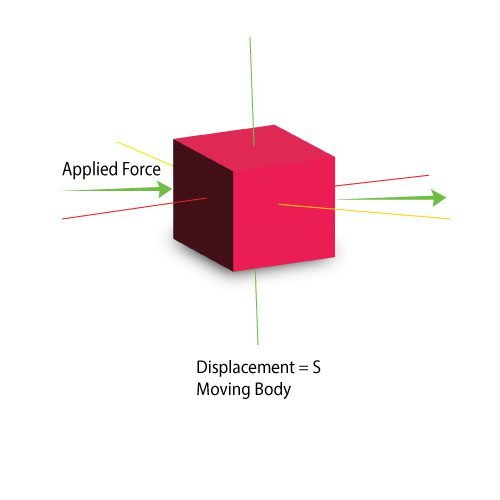
Physical Variables:
- Force (F)
- Mass (m)
- Acceleration (a)
Explanation: This law quantifies force. A greater force leads to greater acceleration, and more massive objects require more force to accelerate.
Graph:
- Force vs. acceleration graph is a straight line (slope = mass)
- Acceleration vs. time graph varies depending on the applied force.
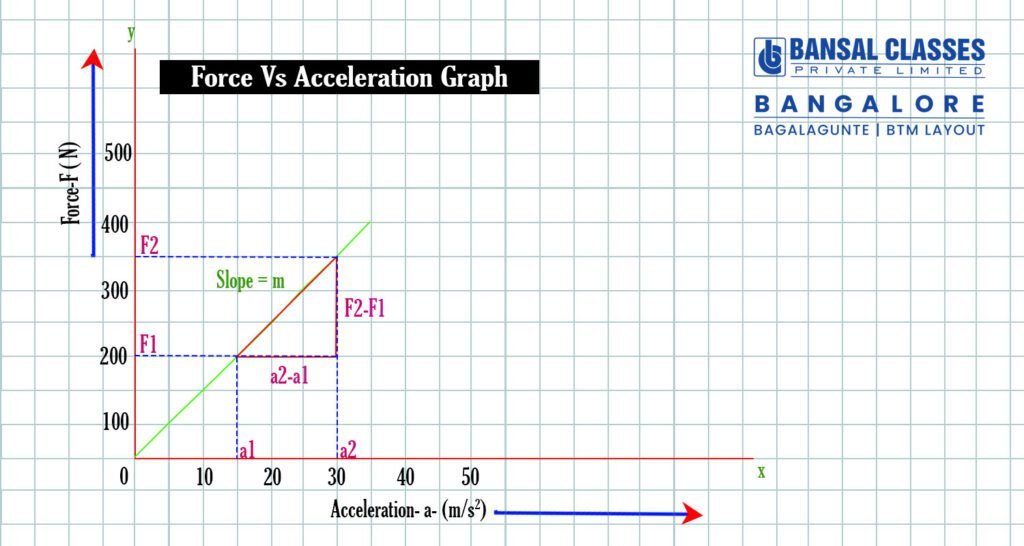
Real-Life Example:
- Pushing a shopping cart: More force means faster movement. Heavier cart? Harder to push.
Trick to Remember: “Force equals mass times zoom!”
Newton’s Third Law of Motion: Action-Reaction Law
Statement
For every action, there is an equal and opposite reaction.
Formula: No formula, but always applied in pairs of forces: F1 = -F2
Physical Variables:
- Force by object A on B (F_AB)
- Force by object B on A (F_BA)
Explanation: Forces always come in pairs. If object A pushes object B, object B pushes back with equal force in the opposite direction.
Graph: Force pair arrows in opposite directions with equal magnitude in free-body diagrams.
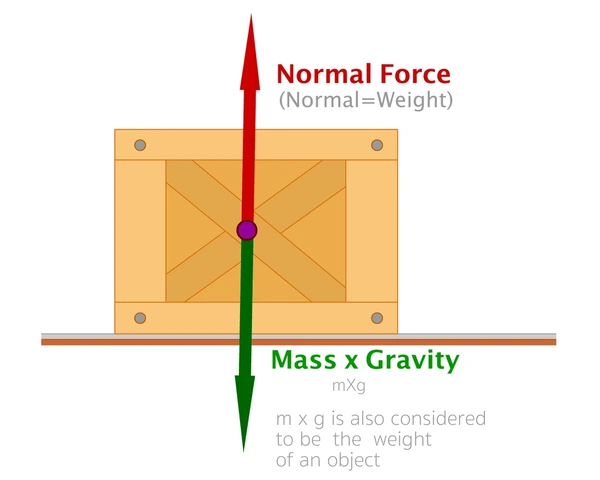
Real-Life Example:
- Walking: You push the ground backward, the ground pushes you forward.
Trick to Remember: “Push me, I push back the same!”
Final Tip: Use the Mnemonic “I A R” for Inertia, Acceleration, Reaction.
Newton’s laws are not just exam topics—they explain the universe! Master these laws with clarity, examples, and memory tools, and physics will become a lot more intuitive.
BIPASS TRICKS
✅ Step 1: Define the Variables
- F – Applied force
- m – Constant mass of the body
a – Acceleration (rate of change of velocity)
✅ Step 2: Write the Equation
Newton’s Second Law of Motion:
F= m×a
F = m times a F=m×a
✅ Step 3: Explain the Variables in the Equation
- The applied force (F) is equal to the product of the constant mass (m) of the body and the acceleration (a), which is the rate of change of velocity.
“Force is the cause, and acceleration is the effect on a given mass.”
- Force is directly proportional to the rate of change of momentum of the body:
F∝ dp/dt
where p=m×v
p = m times v
p=m×v is momentum. Therefore, the time rate of change of momentum is directly proportional to the applied force acting on the object.
✅STEP 4 : Diagram
Furnish a hand-drawn diagram in pencil, mark points (such as A, B, C…)
Clearly indicate variables and constraints.
Provide a suitable title for the figure.
✅Step 5 : Description about the scientist
Give a very short description about the scientist who created the law, and make sire that we have pronounce the person with most respectful, [eg. Sir Isaac Newton] if you are writing a short essay
✅Step 6 : Bibliography
Write the bibliography where you have read this (book and the author)
To avail our classes login https://bansalclasses.co/



